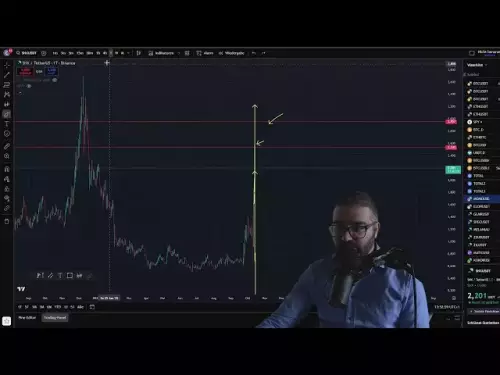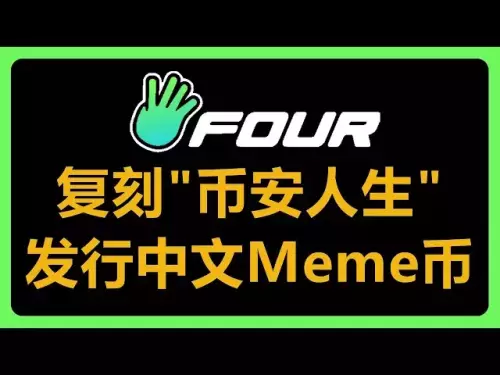
Tokenization, Infrastructure, and Winning: Building the Future of Finance
Tokenization is rapidly transforming global finance, but its long-term success depends on building a robust and inclusive infrastructure. Let's dive into the key trends and insights shaping this exciting space.
The Rise of Tokenization: A $4 Trillion Opportunity
The tokenization of real-world assets (RWAs) is gaining serious momentum. With projections estimating a $4 trillion market by 2030, major players are moving beyond theoretical concepts and exploring practical applications. From tokenized equities to digital bonds, the potential is undeniable. However, current infrastructure limitations could hinder widespread adoption.
Infrastructure Fragmentation: The Achilles' Heel
Despite the buzz, tokenization efforts remain largely siloed. Fragmentation is a significant barrier, with a Deloitte report noting that 56% of institutional investors see it as a major obstacle to blockchain adoption. This lack of interoperability restricts liquidity and limits the appeal of tokenized assets for institutions seeking efficient settlement. To truly win in this space, we need a unified and interconnected infrastructure.
Building a Unified Path Forward
The key to unlocking tokenization's full potential lies in creating a cohesive infrastructure that integrates custody, compliance, privacy, and liquidity. Institutions require comprehensive solutions, not a patchwork of niche offerings. Platforms like Securitize and Provenance are taking steps in the right direction by offering lifecycle management tools and tokenization-as-a-service. However, more ambitious, end-to-end architectures are needed to meet institutional-grade requirements at scale.
Strategic Partnerships and the Importance of Diversity
Strategic alliances are crucial for early-stage projects. However, over-reliance on these partnerships could stifle long-term growth. As the ecosystem matures, we must prioritize openness, encourage infrastructure diversity, and support fair competition. Regulatory initiatives like the EU’s Markets in Crypto-Assets Regulation (MiCA) are designed to maintain fairness and prevent monopolization. The goal is to build a future where both large institutions and emerging players can thrive.
WLFI's Pioneering Efforts
World Liberty Financial (WLFI) is at the forefront of this transformation, leveraging blockchain to tokenize commodities, real estate, and stablecoins. WLFI's flagship product, the USD1 stablecoin, aims to reinforce the U.S. dollar's dominance in global finance. By tokenizing assets like Trump family real estate properties, WLFI is democratizing access to traditionally illiquid markets. While challenges remain, such as regulatory compliance and market competition, WLFI's strategic initiatives are paving the way for a more accessible and transparent financial ecosystem.
My Take: Tokenization Needs More Than Hype
While the hype around tokenization is exciting, the real winners will be those who focus on building durable, interoperable, and inclusive infrastructure. It's not about dominating headlines; it's about creating systems that avoid power imbalances and foster genuine decentralization. Think of it like building a city: flashy skyscrapers are cool, but without solid roads, reliable utilities, and fair housing, the whole thing crumbles.
The Future Is Bright (and Tokenized!)
The tokenized asset market is experiencing exponential growth, and the future looks incredibly promising. As more industries explore tokenization, regulatory frameworks evolve, and blockchain technology advances, we can expect to see even greater innovation and adoption. So, buckle up and get ready for a financial revolution powered by tokens!























































































